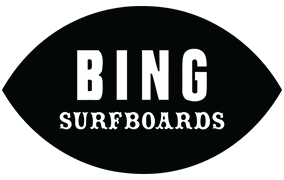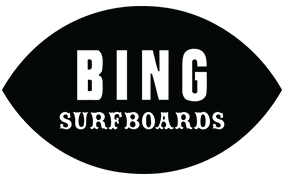- SURFBOARDS
- BING GEAR
- SURF GEAR
- BRAND FAVS
- BOOKS
- GIFT GUIDE
- Team
- VISUALS
- Log in
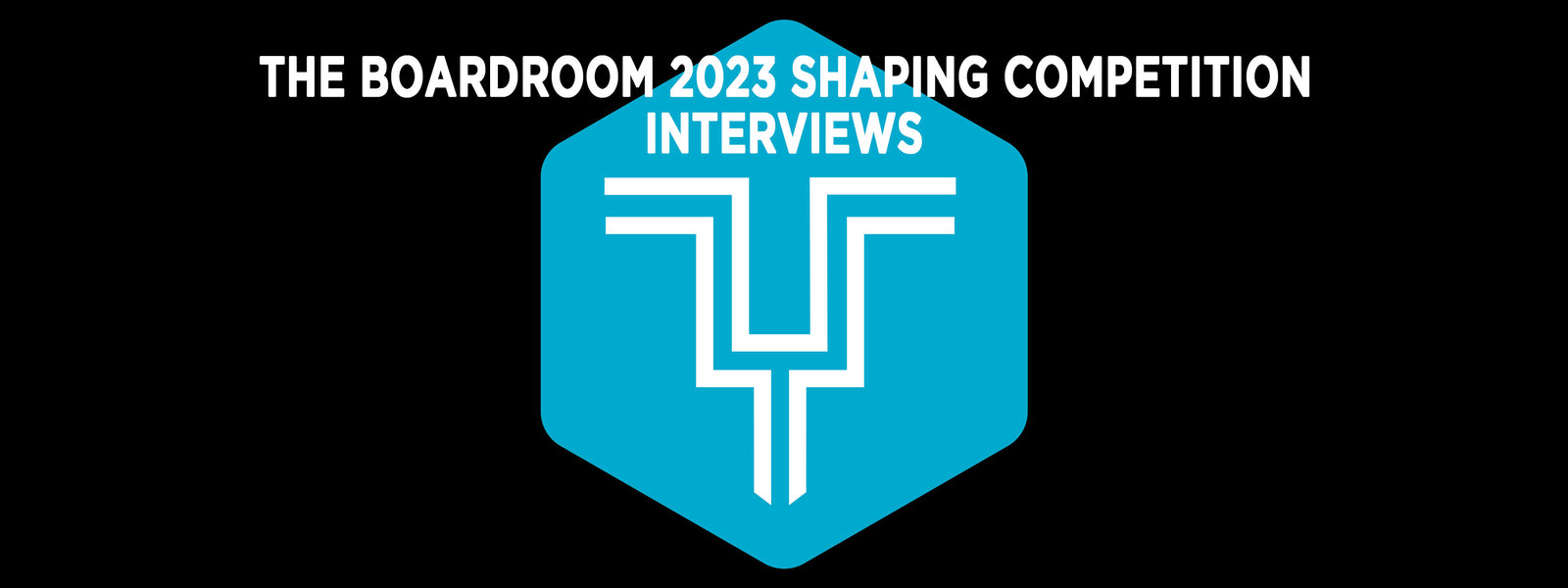
THE BOARDROOM 2023 COMPETITOR INTERVIEWS
October 02, 2023
JOSH PETERSON
Name, hometown, and surfboard brand.
Josh Peterson, hometown Virginia Beach (born) Haleiwa (currently living), and my brand is Peterson Surfcraft.

When and where did you start surfing? Describe your first surfboard.
I started surfing when I was about 15 in Virginia Beach, and my first board was an old funboard from WRV that was about 7’6” and had glass on thrusters and an insane airbrush.
Do you remember the first time you saw a surfboard being shaped?
Coming from the East Coast, surfboard shaping wasn’t as prevalent as it is on the west coast or in Hawaii, so it took me a while to see someone actually shaping a surfboard in person. The first real experience was in Hawaii with Jeff Bushman in 2015.
Who did you look up to in your early days of shaping and who really inspired you to build surfboards for a living?
Jeff Bushman really opened the door for me to consider shaping and building boards as my career and something I was really passionate about. Working with Bushy gave me the basic knowledge of how to shape what I have in my head or what’s in front of me.. super invaluable experience.
Which surfboard brands have you built boards for over the years?
I started at WRV, then I worked for Trimcraft, and throughout the years I’ve glassed for quite a few brands and individuals out of different shops in New Jersey and on Oahu.

Tell us about the waves where you live and how that affects your design process when building different types of boards.
Right now, I’m spending most of my time on the north shore of Oahu. Having such perfect waves on tap the whole season really has pushed a lot of my boards to have a little more rocker and be a lot more about controlling the power that’s in the ocean there not so much making boards that are focused on generating speed in subpar conditions that I had been around most of the time before.

Top 5 people you’ve built a surfboard for in your career. Pro surfers, celebrities, etc.?
Top five people would be: My friends, Leah Dawson, Jock Sutherland, Grant “Twiggy” Baker.
If you didn’t choose shaping as a career path, what would you be doing for a living?
I think I’ve always been drawn to the art world and types of graphic design. I’ve always said that if I didn’t do surfboards, it would be something in that realm.
If you could give any advice to younger surfboard shapers about the realities of surfboard building, what would it be?
It’s a pretty blue-collar job that can be thankless if you get into that mindset. But, if you’re open and grateful to be doing it things really open up. So, I think my advice would be to manage your ego and never stop being open to learning.
Out of all the shapers invited to this years “Icons of Foam”, who will be the toughest to beat?
The lineup is so stacked in the shape of I think everyone will be tough to beat depending on the boards we have to shape. Roger Hinds and Michael Arenal would be my top two.

MICHAEL ARENAL
PHOTOS BY: @kylemacvisuals
Name, hometown, and surfboard brand.
Michael Arenal, Ventura, Arenal Surfboards.

When and where did you start surfing? Describe your first surfboard.
I caught my first wave at Log Cabins on the North Shore summer of 2007. But, back home after that I started surfing with friends at Salt Creek on my first (used) board which was a John Carper “flying pig” model. Then I found longboarding a few years later, and that’s when I got completely hooked. My first longboard was a Becker “JJ Wessels” model that was shaped by Jose Barahona. Great board.
Do you remember the first time you saw a surfboard being shaped?
The first time I saw a surfboard being shaped was Terry Martin at the Hobie Dana Point shop shaping bay. They have it set up where you can see in the bay from inside the shop. Pretty awesome set up. You can watch boards being shaped, and turn around and look at a bunch of boards.
Who did you look up to in your early days of shaping and who really inspired you to build surfboards for a living?
Donald Brink. I once showed up with a ding repair (on the Becker longboard) and basically didn’t leave him alone for a years, LOL. It was mind blowing being around him. Donald is such a brilliant human. Amazing artist, musician, board builder, craftsman, and just insanely smart. I am so grateful for him. And to see him making surfboards, and making it work with a family the way he was doing it was very inspiring.
Which surfboard brands have you built boards for over the years?
Hobie Surfboards, Kookbox, The Guild, Trimcraft.
Tell us about the waves where you live and how that affects your design process when building different types of boards.
We have a lot of different types of waves on offer in and near Ventura which is amazing. Obviously, the points up here, as well as beach breaks. So, when you are excited about a particular design, you can go to different zones.
Top 5 people you’ve built a surfboard for in your career. Pro surfers, celebrities, etc.?
Pass
If you didn’t choose shaping as a career path, what would you be doing for a living?
I went to school for graphic design for a second, but ultimately stopped to continue board building full time. At that time in my life, I don’t know what I would’ve done. I just wanted to make surfboards.
If you could give any advice to younger surfboard shapers about the realities of surfboard building, what would it be?
It’s the same thing I was told when I was younger. You do it for the lifestyle. You’re not going to get rich. Nobody’s ever gotten rich making surfboards. And you have to love it. You’re on your feet all day, in dark, dusty, and fume filled rooms. Sweating. It’s a labor of love, and no one is ever going to understand it who isn’t doing it themselves. So, you really have to love it. (I could write multiple pages about this, so if you are young and reading this and want to talk more about it send me an email.)
Out of all the shapers invited to this years “Icons of Foam”, who will be the toughest to beat?
Man, oh man, it’s a good line up for sure! Not going to be easy. I can’t pick one person in particular. And I’ve just got to focus on what’s in front of me first, so I don’t get overwhelmed. Going against Josh Peterson in round 1 will be fun.

RICK ROCK
Name, hometown, and surfboard brand.
My name is Rick Rock, I’m from San Clemente, CA, and my surfboard brand is Rick Rock Surfboards.

When and where did you start surfing? Describe your first surfboard.
Started surfing in 1976 at Seal Beach Ca. My first surfboard was a 5'8" single fin that my brother Ed shaped and glassed.
Do you remember the first time you saw a surfboard being shaped?
In 1971 I watched my brother shape himself a surfboard. Five years later it became my first surfboard.
Who did you look up to in your early days of shaping and who really inspired you to build surfboards for a living?
I looked up to Mark Richards(MR) because he shaped and glassed all of his personal surfboards for the pro surfing world tour. He refined the twin fin, won 4 world titles, and started the hi-performance muti-fin revolution. Shawn Stussy showed me that if you work hard at it, you can make a living shaping surfboards.
Which surfboard brands have you built boards for over the years?
Hobie Surfboards , BC surfing designs, McElroy surfboards , Christian Fletcher Surfboards, Steve Boysen Surfboards, Mark Richards(MR),and for over the last 25 years shaping for Mayhem of ...Lost surfboards
Tell us about the waves where you live and how that affects your design process when building different types of boards.
I surf Trestles, so I design best for hi-performance shortboards.

Top 5 people you’ve built a surfboard for in your career. Pro surfers, celebrities, etc.?
Nathan Fletcher, Christian Fletcher, Noah Budroe, David Nuuhiwa, and Joe Crimo.
If you didn’t choose shaping as a career path, what would you be doing for a living?
Custom furniture, fashion design, aerospace composite tech
If you could give any advice to younger surfboard shapers about the realities of surfboard building, what would it be?
If you don't absolutely love the craft of shaping or glassing surfboards then you should leave it for someone who truly does love everything about it. Do as much of the craft as possible for pay or for free because the better you are the more work you will get.
Out of all the shapers invited to this years “Icons of Foam”, who will be the toughest to beat?
I think that Wayne Rich will be the hardest shaper to beat because he has already won twice!

THOMAS BEXON
Name, hometown, and surfboard brand.
Thomas Bexon, based in Noosa Heads Queensland Australia. Actually I live in Sunrise Beach 5 mins south of Noosa. Only rich old people live in Noosa Heads. Thomas Surfboards.

When and where did you start surfing? Describe your first surfboard.
Started surfing at Cotton Tree in Maroochydore when I was about 12-13, so nearly 30 years ago. First surfboard I owned was a 7’ pipe dream banana thruster but quickly transitioned to longboards, first longboard was a 9’6 Kent Manning.
Do you remember the first time you saw a surfboard being shaped?
I think it was on old surf films to start and then at a friends’ surf shop, Weirs Inside Edge surf shop in cotton tree, Maroochydore, they had a ding repair business out back and I made a few personal boards etc.

Who did you look up to in your early days of shaping and who really inspired you to build surfboards for a living?
I guess it was more about boards than shapers. I was really into Australian old mals, mids 60’s boards. From Hayden, Cord, Peter Clarke, Keyo’s etc... those style of boards are still a big influence. I guess at the start I never set out to build boards for a living it was always a hobby that ended up getting in the way of which ever job I had at the time.

Which surfboard brands have you built boards for over the years?
When I first started working in the industry I worked at The Factory in Caloundra, for Paul Carson. He had his brand called factory surfboards, I learnt to sand, polish, laminate, glass on fixed fins etc. while working for Paul as well as doing lots of ding repairs, at the time we were doing glassing for Tom Wegener so I got do a lot of time working on them and ending up shaping a few foam ones for him as he was deep into the wood thing at the time and didn’t want to shape foam. I was building a small number of my own boards while working there that just slowly grew and in number over time. Paul retired and I then went onto to work out of the Hayden factory in Maroochydore for a couple of years, I was just mostly shaping my own boards and getting them to glass them while I worked at Cafe’s to pay rent.
Tell us about the waves where you live and how that affects your design process when building different types of boards.
We are pretty lucky to have a good variety of waves here, obviously we have some pretty all-time point breaks but also a good variety of beach breaks. Having the points of Noosa has led to some pretty specific types of longboards that we do in low numbers that are really dialed in for those specific types of waves, but also help refine longboards in general It really makes it easy to dial in what works and what doesn’t quickly and then being able to take those boards and then ride them in varying conditions on the beach breaks help to keep them well rounded and not to point break focused. The beach breaks and also the points breaks when they are bigger has also given heaps of opportunity to dial in a wide variety of shorter board designs, mid-lengths, fish’s and performance thrusters etc.


Top 5 people you’ve built a surfboard for in your career. Pro surfers, celebrities, etc.?
Mason and Coco Ho for the Stab electric acid test was fun! Really lucky to have a great crew of friends and team riders, Harry, Tosh, Cooper, Cuddles, Tom Payne, Mason, Sierra, Zye, Hunter Vercoe, the Indo crew, Hus, Deni, Alvin etc.
If you didn’t choose shaping as a career path, what would you be doing for a living?
Probably digging holes, nah I don’t know, I studied social work at university but I don’t think I’d want to be dealing with other people’s problems all the time. Maybe on the tools, building houses or something.

If you could give any advice to younger surfboard shapers about the realities of surfboard building, what would it be?
It’s a lot of work, it’s pretty hard on the body long term, your back etc., well mine anyway gets cooked from it. It’s a tough gig I think to get into and you’re never going to be rich it’s something that you do for the love of surfboards and surfing really.

Out of all the shapers invited to this years “Icons of Foam”, who will be the toughest to beat?
All of them!!! I don’t think there is anybody that wouldn’t be tough to beat, I’m pretty bloody nervous about the whole thing, but super stoked to be a part of it. I’m not getting my hopes up, I’ll just give it a go.

DANE PERLEE
Name, hometown, and surfboard brand.
Dane Perlee, Westport Washington, Osprey Surfboards.


When and where did you start surfing? Describe your first surfboard.
My 1st surf was at 2 years old with my Dad at Hammond's Reef in Santa Barbara.
Do you remember the first time you saw a surfboard being shaped?
The first board I ever saw being shaped was watching my Dad reshaping a broken in half board.

Who did you look up to in your early days of shaping and who really inspired you to build surfboards for a living?
Simmons, Edwards, Curren, Diffenderfer, Yater, Weber, Vardeman, Ekstrom, Takayama, Copeland, Becker, Martinson, Greenough, Parrish, Brewer, Pearson, Jobson, Croteau.

Which surfboard brands have you built boards for over the years?
Osprey '93 - '00, Pearson Arrow '97 - '10, Osprey '10 - Present.
Tell us about the waves where you live and how that affects your design process when building different types of boards.
There are a myriad of beachbreaks, reefs, and points nearby. That fact in combination with continuing to work with clients from the last 30 years from around the world enable me to wholistically approach design from a broad perspective. I feel very fortunate to have had the opportunity to dabble in all sorts of surfboard designs throughout my career.

Top 5 people you’ve built a surfboard for in your career. Pro surfers, celebrities, etc.?
My favorite people to build surfboards for are free and easy in their minds to try new things.
If you didn’t choose shaping as a career path, what would you be doing for a living?
If I wasn’t a shaper I would be designing and building other things that inspire me.

If you could give any advice to younger surfboard shapers about the realities of surfboard building, what would it be?
The reality of surfboard building is what you make it in terms of design. Have fun and be confident to try new things. There are no boundaries!

Out of all the shapers invited to this years “Icons of Foam”, who will be the toughest to beat?
I believe that all the shapers invited are amazingly talented… Stokin'!!!

ROGER HINDS
Name, hometown, and surfboard brand.
My name is Roger Hinds and I’m from Seal Beach, California. My surfboard label is Roger Hinds Surfboards.

When and where did you start surfing? Describe your first surfboard.
The first time I ever tried surfing was in 1965 on the northside of the Newport Pier, before it was named Blackies. My Grandpa took me and I got worked pretty bad.
My very first surfboard was a Harbour “Banana” model that I bought from my friend Alan Zamboni whose dad invented the “Zamboni” used in hockey rinks. I grew up in Paramount before moving to Seal Beach.


Do you remember the first time you saw a surfboard being shaped?
The first time I saw a surfboard being shaped was a guy named Bob Webb who shaped his own boards in the late 60’s. My buddies and I would strip down old longboards and try to shape them into the transition style boards that were becoming popular, but we failed miserably. Long before social media and YouTube there was nowhere to learn shaping techniques unless you knew someone who did it. In 1971, my friend Gary who was friends with Mike Eaton, told me to call the Bing Shop on Cypress Ave. and make a shaping appointment with him. I thought I would have Mike shaping my board, but when I arrived Bing Copeland was sitting behind the counter and he ended up shaping my board. I didn’t ask questions, but I just watched and soaked in all of the skill and technique that Bing had. The board he shaped me was very similar to the Maui Foil that was very popular in those days. Bing was extremely nice and professional, so that experience was unforgettable.

Who did you look up to in your early days of shaping and who really inspired you to build surfboards for a living?
I went to Hawaii in 1971 and moved straight to the North Shore. I looked up to guys like Randy Rarick, Gerry Lopez, and BK because at that time all the best surfers were shaping their own boards. There is no better inspiration than watching someone shape their own board and then surf at the level all these guys were. It was pretty radical.

Which surfboard brands have you built boards for over the years?
I’ve shaped for quite a few of the best labels in the world over the years. Some of those are Hobie, Harbour, Dewey Weber, Blue Hawaii, Russ K Makaha, Strong Current, Bear, Country, and currently Roger Hinds Surfboards.
Tell us about the waves where you live and how that affects your design process when building different types of boards.
My design process starts with my customers. I always spend as much time as possible with each person to understand their ability, where they surf, and what they are looking for in a surfboard. I’m 68 years old and I ride big boards that paddle well and help me maximize my time in the ocean. I spend most of my time at point breaks and don’t really do beach breaks anymore. I don’t have team riders or a huge marketing budget, I just build each board with one pair of hands.

Top 5 people you’ve built a surfboard for in your career. Pro surfers, celebrities, etc.?
To this day my favorite surfers are still from the early days. Pipe Master Mike Armstrong and Jock Sutherland are at the top of the list for sure. I loved working with Taylor Jensen when I was doing Bear Surfboards, but he needed a paying sponsor to help support his young family, so eventually we went separate ways.

If you didn’t choose shaping as a career path, what would you be doing for a living?
If I didn’t choose shaping as a career path, I’d probably be robbing banks! In the early days nobody could live off of just shaping boards, so I did construction. I became a stone mason and I was pretty good at it. Most likely I’d being doing something like that if I wasn’t building surfboards
If you could give any advice to younger surfboard shapers about the realities of surfboard building, what would it be?
I was successful by not being mainstream. People would hear of me and the types of boards I was building, so they would come to the underground away from all the big brands. My advice to younger shapers would be “stay true to the craft” and don’t worry about the numbers. Spend time building something different that stands out. What’s the value in making something that looks the same as everyone else?

Out of all the shapers invited to this years “Icons of Foam”, who will be the toughest to beat?
I know Matt Calvani hand-picked everyone, so each shaper will come with guns loaded ready to put on a show. Wayne Rich is a mechanic and he doesn’t screw around. He’s meticulous in his approach and he’s got his rituals all the way through to the end. Hank has built thousands of boards in all shapes and sizes over the years, so he is crazy talented. If I knew which boards we’re shaping I could probably tell you. I’m definitely not showing up to lose, but the main reason we are all going is in honor of Bing Copeland and to celebrate his legacy. This is going to be a very special event for everyone involved!!!

HANK WARNER
Name, hometown, and surfboard brand.
Hank Warner, Pacific Beach, San Diego. Hank Warner Custom Shapes, Caster Surfboards, Hot Buttered Surfboards USA

When and where did you start surfing? Describe your first surfboard.
I started surfing out front of our home in Mission Beach in 1960. First board I rode was a 7’10” Velzy balsa wood rental that a vacationer rented for his son but his son was afraid of the ocean so he let me have it for the week, they were from Arizona. My first surfboard was an Olympic 7'10” built by Billy Caster in 1961.

Do you remember the first time you saw a surfboard being shaped?
First Time I saw a surfboard being shaped was in 1961. My sister’s boyfriend (and husband for life) Billy Caster owned Olympic Surfboards at the time.
Who did you look up to in your early days of shaping and who really inspired you to build surfboards for a living?
Obviously Billy Caster was the first but Mike Hynson Larry Gordon at G&S affected me a lot because the factory was near Crystal Pier where I surfed every day in 7th grade. Being able to hang at Bill Casters and the G&S factories led me into surfboard building where I started repairing surfboards. I started my first company in 1971 called AGP Surfboards with Yancy Spencer.
Which surfboard brands have you built boards for over the years?
This exposed me to surfboards on the east and gulf coasts because Yancy would sell them there. I continued on to Freedom Surfboards (thru Challenger Surfboards), leading me to Gordon and Smith Surfboards. I became Terry Fitzgerald’s licencee for Hot Buttered Surfboards (still to this day), and over the years I’ve shaped boards for Rusty Surfboards, Hydrodynamica and took over for the family making Caster Surfboards after Bill Caster passed away in 1987.

Tell us about the waves where you live and how that affects your design process when building different types of boards.
Living in San Diego we have waves of all conditions, based on tides, swell direction, and wind directions. We have points, reefs, jetties and beach breaks, so that has helped with knowledge of different board designs. I’ve also traveled to many surf locales around the globe and have had many interactions with so many talented shapers.
Top 5 people you’ve built a surfboard for in your career. Pro surfers, celebrities, etc.?
Derek Hynd, Joe and JoJo Roper, Dale Dobson Charlie Kuhn,

If you didn’t choose shaping as a career path, what would you be doing for a living?
I probably would have ended up in the construction trade.
If you could give any advice to younger surfboard shapers about the realities of surfboard building, what would it be?
I enjoy the creative process and don’t do it for the money but for the love of it. I realize surfing trends fluctuate and what may seem like the end of the ride, another phase will pop up to continue the fun of building surfcrafts.

Out of all the shapers invited to this years “Icons of Foam”, who will be the toughest to beat?
I figure every shaper would be tough to beat or they wouldn’t be in the shape-off. I know and respect many of the guys, some I don’t know anything about. BUT the first round is against my good friend Wayne Rich, and I know he is capable of shaping all the way for the WIN so he's the toughest but also the one I’ll have the most fun competing against
All in the name of BING COPELAND, a true innovator and leader in helping to create this great surfing ride.
Also in Bing Surfboards Blog
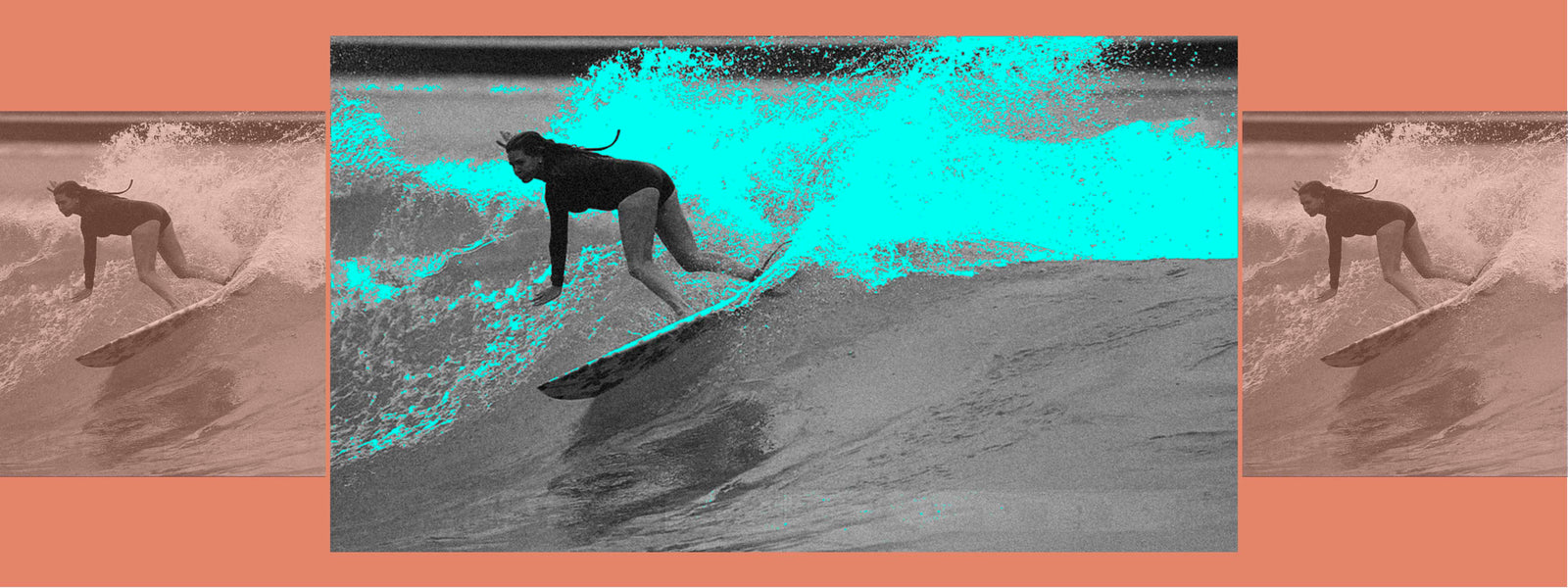
THE DESTINATION IS THE DESTINATION
May 07, 2024
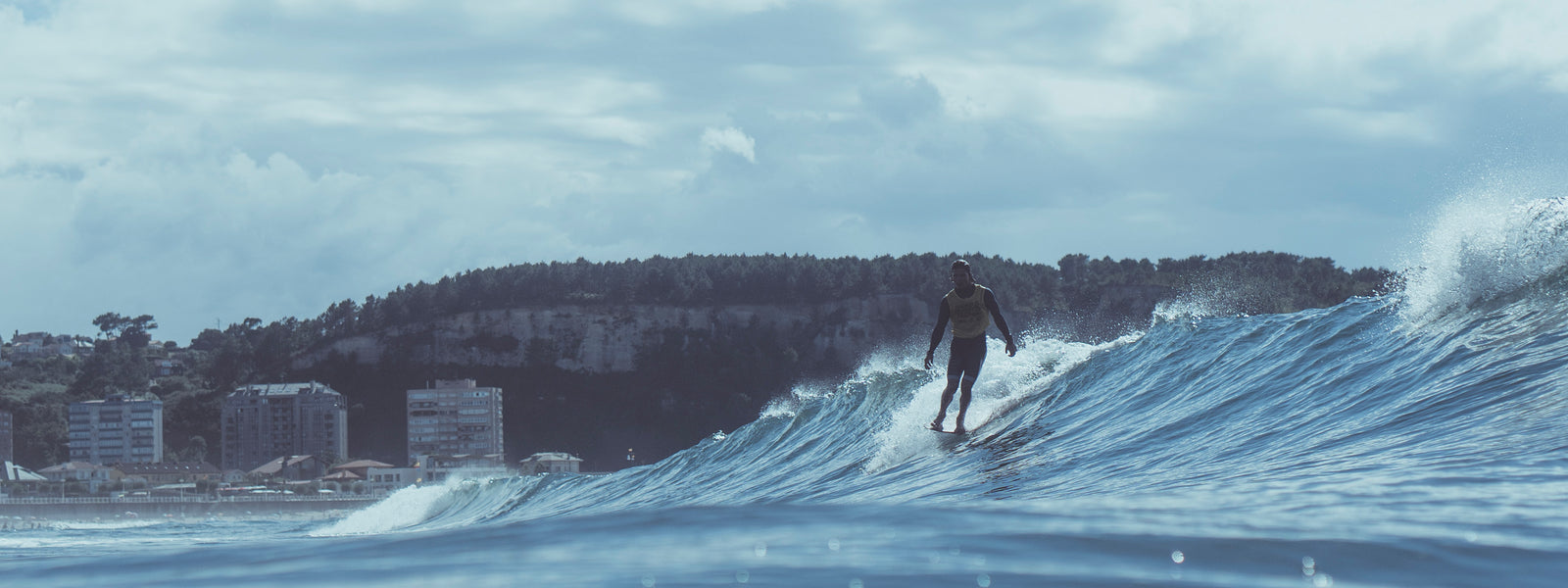
EL CAMPEON
August 22, 2023
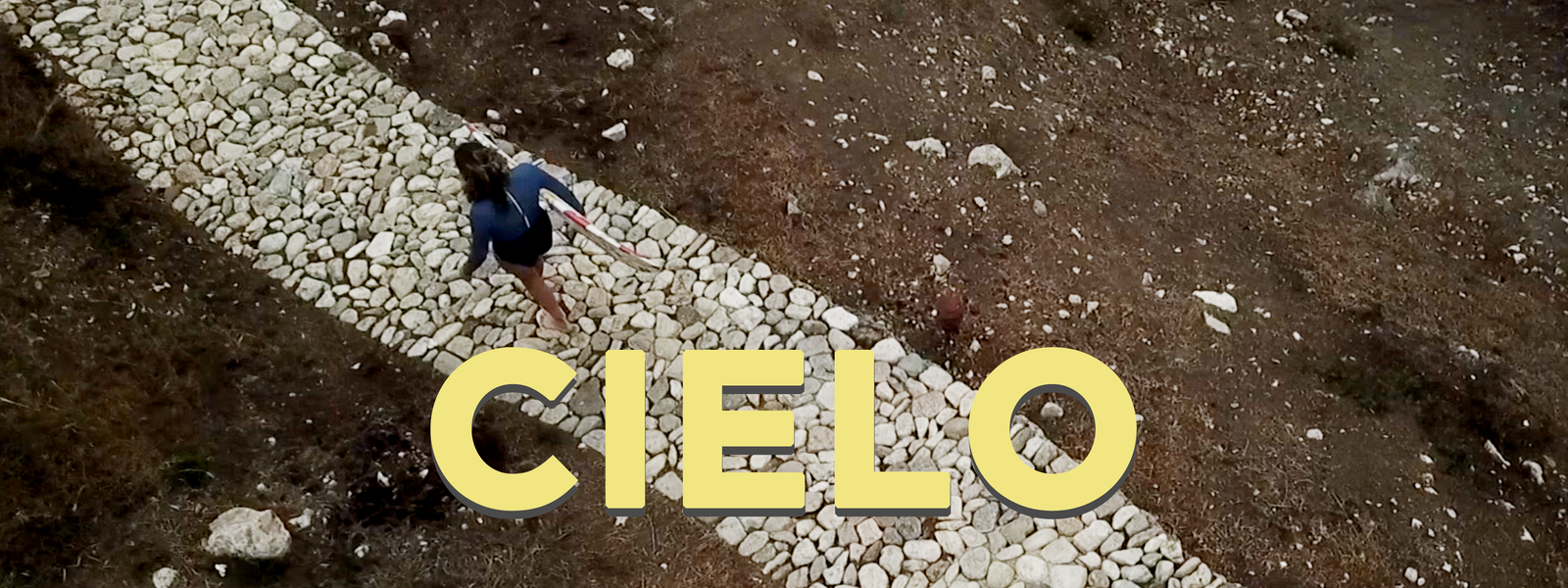
CIELO
August 01, 2023
This winter was hard. Was it for you? Did you get good waves? Did you have big, life-shifting moments? Even if you were in Southern California it was really wintery. The weight of the cold months weighed on me like the snow itself. The deep, heavy puddles didn’t empty until just recently.
News & Updates
Sign up to get the latest on sales, new releases and more…
SOCIAL MEDIA
To stay up to date with Bing Surfboards, follow us on our social media channels. We post daily, and would be happy to have you join us on staying current with Bing!
Links
OUR LOCATION
Visit our shop in Encinitas, CA!
BING SURFBOARDS
974 N COAST HIGHWAY 101
ENCINITAS, CA, 92024
SHOP HOURS
MON - SUN: 10am - 6pm
THANKSGIVING - CLOSED
CONTACT US
760-944-6300
retail@bingsurf.com
© 2025 Bing Surfboards. Quality Manufacturing Since 1959
